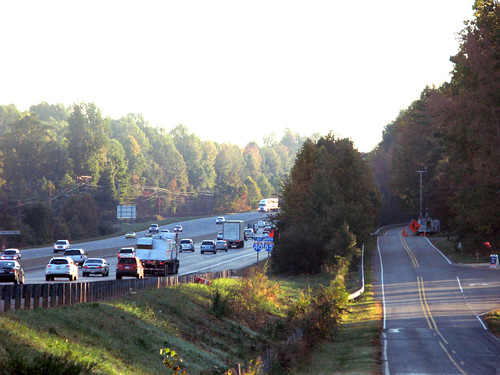
It’s Clean Air Month, and roadside trees are cleaning the air and helping us feel better.
If you live in an area where there’s a lot of people and traffic, air quality may have crossed your mind at one point or another—and rightly so. In recent years, the health of people living, working or going to school near roads with high traffic volume has been a quickly rising national concern. All over the world, studies are finding air pollution levels especially elevated in these areas.
A multidisciplinary group of researchers, planners and policymakers from the U.S. Environmental Protection Agency, U.S. Forest Service and other organizations found that strategically planting trees near busy roadways may significantly enhance air quality. Their findings were published last year in the Transportation Research Board magazine.
Vegetation barriers — trees and plants grown along streets and roads — are a form of green infrastructure that can provide environmental, economic and social benefits to their surrounding areas, according to the researchers. The barriers would make roadways more aesthetically pleasing while having the potential to reduce air pollution and mitigate the long- and short-term effects of human exposure to pollutants, because plants naturally capture some of the pollutants produced by cars, commercial trucks and other transportation sources.
“Properly designed and managed roadside vegetation can help us breathe a little easier,” said Greg McPherson, research forester at the U.S. Forest Service’s Pacific Southwest Research Station. “Besides reducing pollutants in the air, these buffers can protect water quality, store carbon, cool urban heat islands and soften views along our streetscapes. They are essential components of green infrastructure in cities and towns.”
The researchers addressed roadway planning options for locations along major transportation corridors and provided valuable knowledge about barrier design and management. Scientists say more research is needed to test the effects that wind conditions or other factors may have on pollutant concentrations, but vegetation buffers still seem promising since they can lead to fresher air.
